领异标新——清代扬州画派精品展
发布时间:2020-09-02 08:49:47
前言
自古以来,两淮盐利甲天下。清代康雍乾时期,扬州作为两淮都转运盐使司的驻地,盐商鳞集。财力雄厚的扬州商人为附庸风雅,不惜金钱,他们营造园林,收藏书画古玩,举行雅集聚会,由此也吸引了大批画家聚拢于城。渐渐地在这个繁华都会出现了一股艺术革新的潮流,其代表人物有金农、郑燮、黄慎、汪士慎、李方膺、李鱓、高翔、罗聘、陈撰、高凤翰、华嵒、边寿民、李葂、杨法等。清代评论家因这群画家的行为和艺术皆与时俗不同而以“怪”称之,于是出现了“扬州八怪”的提法。到了现代,学界逐渐以“扬州画派”之名将这群画家归类。因为,这十多位画家虽然师承不同,作品面貌各异,但确有不少共性。如他们都是政治上不得志的文人,在扬州卖字画为生;他们了解民间疾苦,对炎凉世态深有体会,为此形成了孤傲不羁的个性,常常藉书画抒发心中不平之气;其艺术疏离于主流的审美趣味,风格怪诞狂放,隐含着对个性解放的精神追求。
在绘画方面,扬州画派诸家继承文人写意画传统,尤其深受陈淳、徐渭、八大、石涛等人的影响,不受正统派主流画风的束缚,领异标新,各自创格,或古拙天真,或奇崛狂放,或纵横驰骋,或秀润超脱,均不拘绳墨;在书法方面,他们厌恶正统书风,另辟蹊径,吸收古代碑版字体的造型趣味,让久不为人所重的隶书重放异彩。他们擅长以书入画,以画作书,追求书画同法。其画上的题跋气息隽永,寓意深远,诗书画融为一体,作品具有强烈的抒情诗意,可谓将文人写意画的特点表现得淋漓尽致。
到了晚清及近现代,扬州画派中金农等富有金石趣味的大写意花鸟画被赵之谦、吴昌硕、陈师曾、齐白石所继承和发展;华嵒兼工带写的花鸟画则被王梦白、唐云、王雪涛等人发挥到极致;而黄慎的写意人物画也深刻地影响了海派“四任”等。可以说,扬州画派对近两百年的写意画发展影响巨大,他们承前启后的作用不容忽视。
扬州画派的画风在不同时期也对岭南地区产生过影响,尤其是黄慎和华嵒,对岭南地区的人物画和花鸟画影响深远。
这次我院邀请辽宁省博物馆、扬州博物馆共同举办展览,将三所机构收藏的扬州画派精品荟萃一堂。希望藉着此次展览,全面梳理我院收藏的扬州画派作品,进一步加强对中国传统书画艺术的推介,并通过探讨扬州画派与岭南美术的关系,让观众更深入了解扬州画派的艺术特点,促进学术界对其进行深入研究。
Preface
Sinceancient times, salt profit of areas north and south of the Huai River was thebest in China. During the reigns of emperors Kangxi, Yongzheng and Qianlong ofthe Qing Dynasty, office of Salt Transportation Department was located atYangzhou for areas north and south of the Huai River. In result, Yangzhoumerchants, who were rich in financial resources, did not hesitate to spendmoney to build gardens, collect antiques including paintings and calligraphies,as well as to host literati gathering parties which attracted a large number ofpainters to come to this city. Gradually, a trend of art innovation had takenplace in this prosperous place, with representatives such as Jin Nong, ZhengXie, Huang Shen, Wang Shishen, Li Fangying, Li Shan, Gao Xiang, Luo Pin, ChenZhuan, Gao Fenghan, Hua Yan, Bian Shoumin, Li Mian, Yang Fa and so on. Criticsin the Qing Dynasty called this group of painters as “eccentric artists”because their behaviors and arts differed from those of the time. Therefore,the term “Eight Eccentric Painters of Yangzhou” came into being. In moderntimes, this group of painters was classified as the “Yangzhou School ofPainting” because they shared many commonalities despite the fact that theyfollowed different masters and created various works. For example, theseartists were all literati who became politically frustrated and lived inYangzhou by selling paintings and calligraphies. They knew better of thehardships of common people and had a deep understanding of the fickleness ofthe world. Aloof and detached, they often expressed their grievances throughpainting and calligraphy. Their aesthetic taste was alienated from themainstream, and their style was grotesque and unrestrained, which implies thespiritual pursuit of individual liberation.
In terms of painting, the YangzhouSchool of Painting inherited the tradition of literati painting, which wassignificantly influenced by Chen Chun, Xu Wei, Bada Shanren and Shi Tao etc.Not bound by the mainstream, they dared to be avant-garde and maverick withdistinctive approaches: some were primitive and naive, some were peculiar andunrestrained, some were reckless and unconstrained, and some were beautiful yetunconventional. In the aspect of calligraphy, they discarded the orthodox styleand found a new path. They absorbed the approach of modeling in ancient inscriptionsand rejuvenated the official script which had not been paid much attention tofor a long time. They were capable to merge painting into calligraphy and viceversa to realize the ideology that painting and calligraphy are of the samerule. The inscriptions and postscripts on their paintings often bear profoundmeanings, and their works are perfect integrations of painting, calligraphy andseal application with strong lyric and poetic flavors, which can be recognizedas masterpieces of literati freehand paintings.
Towards the late Qing Dynasty andmodern times, the style of Jin Nong, a freehand bird-and-flower painter of YangzhouSchool of Painting characterized with rich epigraphy taste, was carried forwardby artists such as Zhao Zhiqian, Wu Changshuo, Chen Shizeng and Qi Baishi. Onthe other hand, the technique to combine refined and freehand brushworks inbird-and-flower painting by Hua Yan was given best display by paintersincluding Wang Mengbai, Tang Yun and Wang Xuetao. Meanwhile, another noted artistHuang Shen had a deep impact on freehand figure paintings on the latergeneration who were recognized as “Four Rens”of Shanghai Painting School. In a manner of speaking, these above-mentionedartists served as a link between the past and the future when it comes to thegreat influence that the Yangzhou School of Painting had on the development offreehand painting in the past two hundred years.
The painting style of YangzhouSchool of Painting also had an impact on Lingnan area in different periods,especially Huang Shen and Hua Yan, who inspired figure painting as well asbird-and-flower painting in the Lingnan area in a far-reaching way.
On this occasion, we jointlypresent this exhibition with Liaoning Provincial Museum and Yangzhou Museum,which is a distinguished gathering of selected paintings in collections of thethree museums. Through the exhibition, we intend to sort out the artworks of YangzhouSchool of Painting in collection of our museum in a comprehensive way, andfurther promote the art of traditional Chinese painting and calligraphy. Inaddition, visitors might be able to have a deeper understanding of the artisticcharacteristics of Yangzhou School of Painting, and the art circle may conductin-depth research on this subject through the exploration on the relationshipbetween Yangzhou School of Painting and Lingnan art.

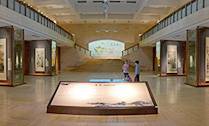
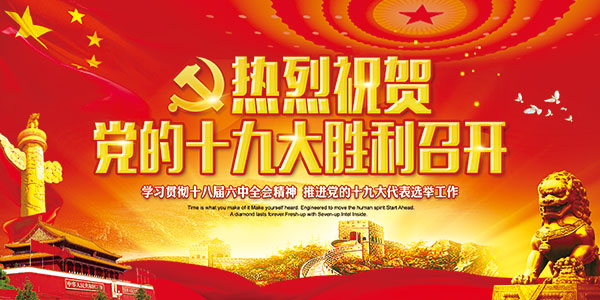 党建工作
党建工作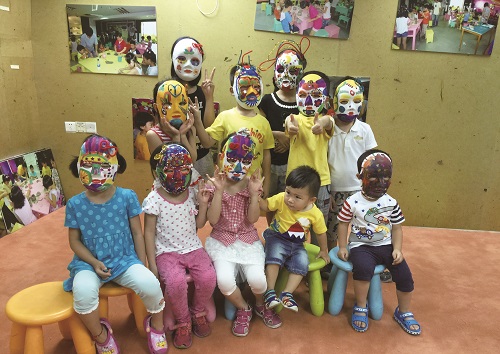 教育活动
教育活动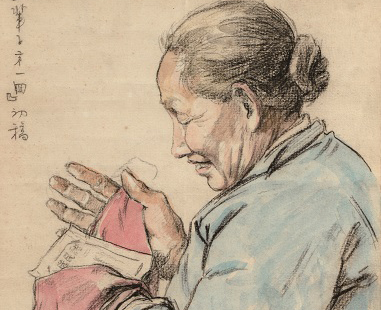 名人馆
名人馆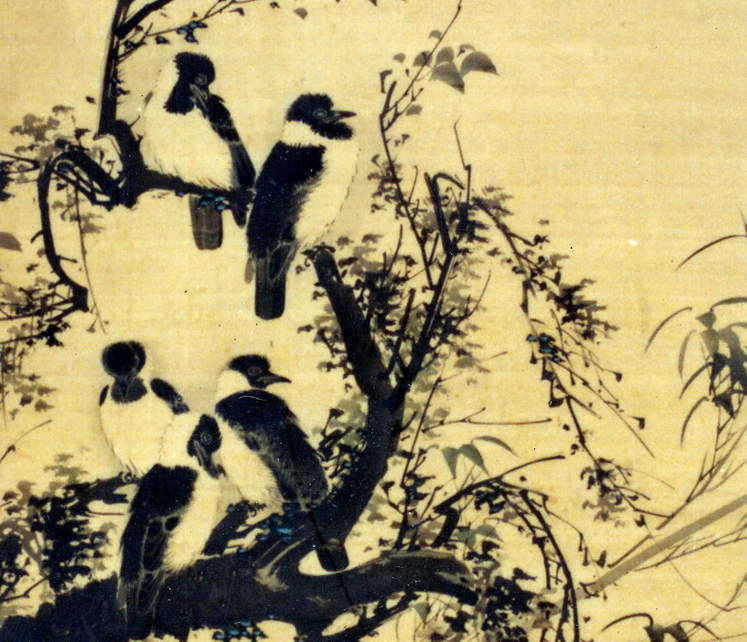 藏品捐赠名录
藏品捐赠名录 美术馆建设
美术馆建设